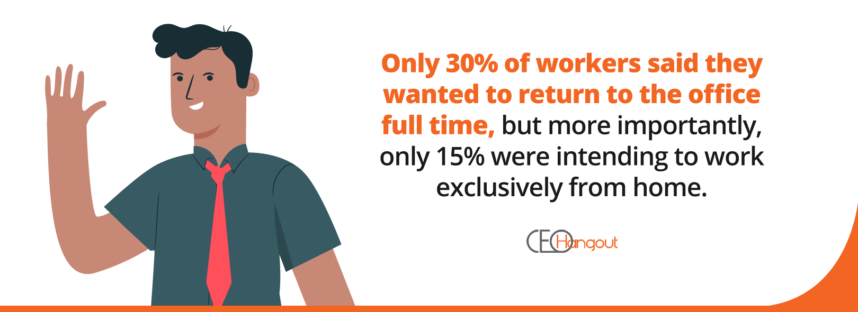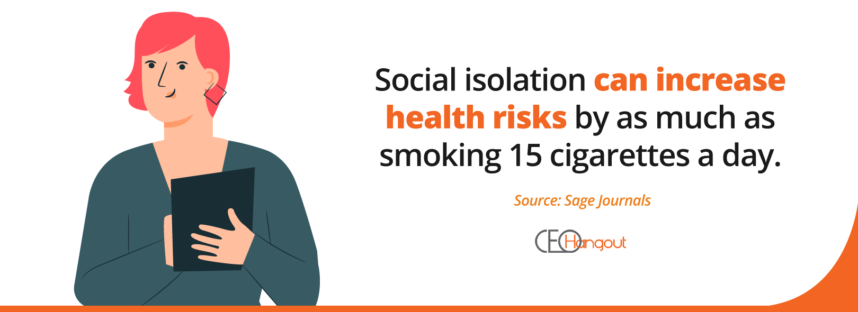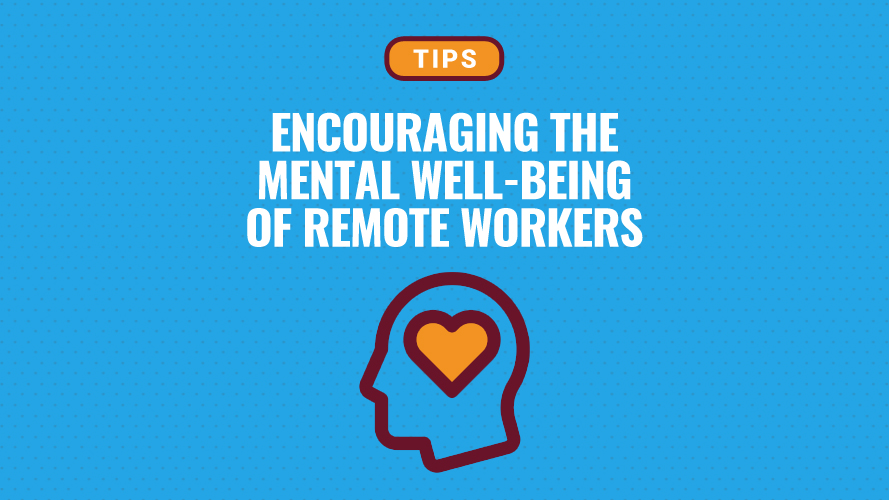Remote working has been on the minds of office workers for many years; however, the COVID-19 crisis has meant employees all over the world have had to quickly adapt to working from home.
And the changes might be for good with a survey from the British Council for Offices (BCO) finding that office workers are hoping that they never have to return to their old lives.
The survey found that employees, at all levels, wanted to split their working hours between home and the workplace indefinitely. With 46% of workers stating that they intended to split their work between the two locations.
Only 30% of workers said they wanted to return to the office full time, but more importantly, only 15% were intending to work exclusively from home.
There are many reasons for this decision, remote work can significantly increase loneliness, decrease work/life balance, and hamper people’s ability to form bonds with their co-workers.
And while being able to work from home has allowed many people to stay safe during the pandemic, this trial period has highlighted the disadvantages that come with home working.
Despite these worries from workers, a survey by the Institute of Directors (IoD) shows that more than half of bosses planned on reducing their use of workplaces in the long-term.
Whether you’re planning to transition to a remote office in the long-term, or doing it until it’s safe to return to the workplace, it’s important to find ways to keep staff morale up and focus on employee well-being.
In this article, we will cover ways to encourage positive mental well-being in your staff while working from home.

Encourage Work/Life Balance and Enforce Work Hours
At first glance, you would think that working from home would allow employees to have a better work/life balance, not having to commute to the office can give some people as much as 10 hours additional free time each week.
However, by working in the space that you live, it can become more difficult to switch off at the end of the workday.
This problem is exacerbated by the fact that the current pandemic puts limitations on what people can do to enjoy their free time.
As a manager, it’s important to encourage that people find a way to avoid this and the best way to do this is to set an example. Make it known that you won’t be sending or reading emails outside of work hours and that others should be strict with themselves about following the same rule.
If you use any time tracking tools that require employees to log when a task was done, you can check to see if they are logging activities outside of their work hours and speak to the individual privately.
Create New Work Guidelines – Based on Those With the Least
Working from home became required for many workers very suddenly and all workplaces had to adapt by putting new guidelines in place, but now that people have been working remotely for a while, it’s worth revisiting those rules to see what has been working well and what could be altered.
While doing this, consider making new rules that will benefit an employee’s mental health. However, be careful not to create rules that will alienate individuals.
For example, some businesses have attempted to create rules that simply can’t be followed by certain employees. Such as requiring that people set up a desk in a quiet, secluded part of their home.
Having a separate room to work from would help people to switch off at the end of their shift by creating a physical barrier to their work, but very few employees have a spare room in their home.
Many other people are having to juggle their work with childcare responsibilities and can’t always guarantee that there won’t be distractions.
Keep this in mind when setting guidelines and allow workers to provide feedback on your suggested changes.
Remind Employees About Available Resources
Many workplaces provide access to support services, such as employee assistance programmes (EAP), which grant workers with access to confidential counseling and other support.
Your staff was likely informed of this service when they first joined the company, but now have either forgotten about it or are unsure of how to access it.
Reminding your team of how to use the EAP allows those in need of support to access the service without having to disclose their need for help to you.
Check-in With Team Members Regularly
Schedule regular one-on-one catch-ups to allow workers to talk personally about any difficulties they are having. This can cover technical difficulties with the things they are working on but should explicitly be an opportunity for workers to talk about how they’re feeling.
Different people will display vulnerability differently, so managers need to learn how to recognize issues in the individual and how to speak to them about it.

Additionally, ensure that people have regular contact with others. Schedule either a daily or weekly virtual meeting for the team to allow for everyone to talk about what they’re working on and to give an opportunity for some casual chat.
Use Video Meetings to Stay Connected – Instead of Text-Based Messaging
The team and individual meetings mentioned previously should be conducted via a video conferencing platform, rather than over the phone or via a text messenger service.
Working from home can be very isolating and workers that live alone could regularly go a full day without speaking to anyone else.
According to some studies, social isolation can increase the health risks by as much as smoking 15 cigarettes a day or suffering alcohol dependency.
By hosting meetings over a video platform, it allows workers to see other people and to speak out loud, which can drastically improve their mood.
Find Ways to Keep Collaborative Work Functioning
Over the last few months, businesses have found many good alternatives to their typical work procedures, however, one thing that many are still struggling to get right is collaborative and creative work.
Where workers would previously have worked closely with others on a project, this has now been replaced by working individually and then coming together to discuss the work produced.
Making use of cloud-based software that allows multiple people to work on a single document at the same time can help to encourage more collaborative thinking and build on the ideas of an individual.
Ensure Staff Have a Comfortable Workspace
While you can’t guarantee that employees have a spare room that they can turn into an office, you can ensure that workers have the equipment to make their remote desk set-up as comfortable as possible.
Working at a desk with a correct posture will help to improve your workforce’s overall health and productivity.
This could mean ordering a new office chair or screen raisers to be sent to an employee’s home or providing them with a budget to make their own office improvements.

Become a Certified Mental Health First Aider
Whether you plan to return to office-based work in the future or not, it’s worth having certified mental health first aider on your team.
This is even more important now than ever, and fortunately, it’s possible to take a mental health first aid (MHFA) training course virtually during the pandemic.
These courses equip you with the knowledge to identify and assist with mental health problems, in the early stages as well as in an emergency. As well as helping to break the stigma of a mental health problem.
If you are already certified, it’s worth checking to see when you last took the course. MHFA England recommends that people take a refresher course every three years. This will help to keep the information fresh in your mind and ensure the advice you follow is the most up-to-date best practice.
Before you have even completed your MHFA training course, it is worthwhile to let your team know that you are undertaking it. This will show employees that you take their mental well-being seriously and might make some people more open to speaking with you about their issues.
Host Regular Virtual Socials – That Don’t Just Take Place Behind a Computer Screen
One of the biggest things that keep people from looking for new jobs is the team. People will put up with doing a job that they don’t love if it’s with people they get on with.
Unfortunately, the pandemic has meant that workers miss out on the social aspect of their workday.
You can combat this by planning regular virtual socials.
If you had previously done this with Friday drinks, you could dedicate that time to new activities such as quizzes over Zoom, online video games, or synchronized movie nights with the Netflix Party app.
When planning these activities, it’s important to remember that one of the main goals in encouraging good mental well-being is work/life balance., so you don’t want to keep employees staring at their computer screen after the workday is done.
These activities can also be a good opportunity to get people to get some fresh air and exercise.
About the Author:
David Price is CEO of Health Assured: the UK and Ireland’s leading health and well-being provider. He advises employers daily on how to encourage and develop a healthy workplace, whilst outlining best practice guidance on how to combat and control workplace stress.
